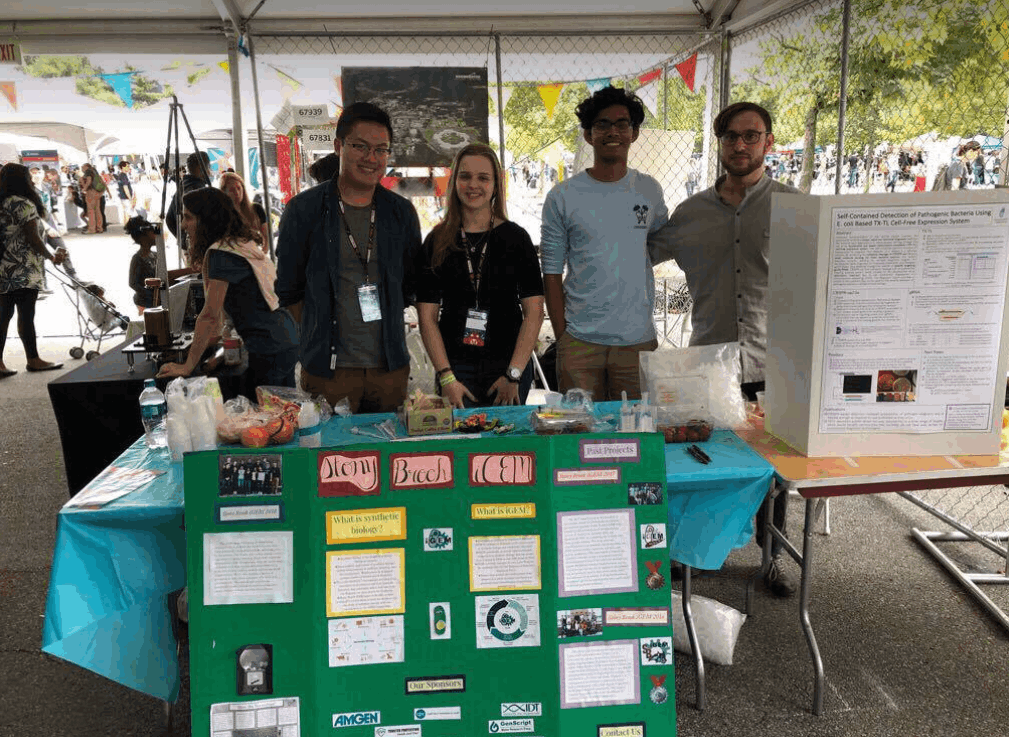From exchanging lab protocols to making an instructional video, and even hosting our very own Instagram challenge, the Stony Brook iGEM team has collaborated with over twenty teams across the world, sharing deep bonds and bringing everyone together. We knew from the start that an iGEM project is not just about pumping out results on our own, but it is rather about a global community coming together, and mutually enjoying the ride. The Stony Brook iGEM team wanted to give every team the same enthusiasm and passion we gave to our project, for the goal of furthering the advancement of synthetic biology research. The collaborations have been extremely helpful in our experiment, and we cannot be where we are today without them.
We initially wanted to use directed evolution (DE) to select for cyanobacteria that produced large large quantities of sugar. However, we had limited knowledge of DE techniques. Luckily for us the QGem iGEM team also wanted to use DE in their project and reached out to us. We soon set up a video call and discussed ways we could collaborate.
On June 22nd, we had a Skype call with Dusseldorf iGEM because their project was very similar to ours. They were trying to establish a co-culture of S. elongatus, E. coli, and S. cerevisiae. Due to our shared goal, we exchanged a variety of information from culturing conditions to genetic assembly methods. We also sent a few articles that discussed co-culture that we found helpful for our project, and extensively discussed it with Dusseldorf iGEM.
